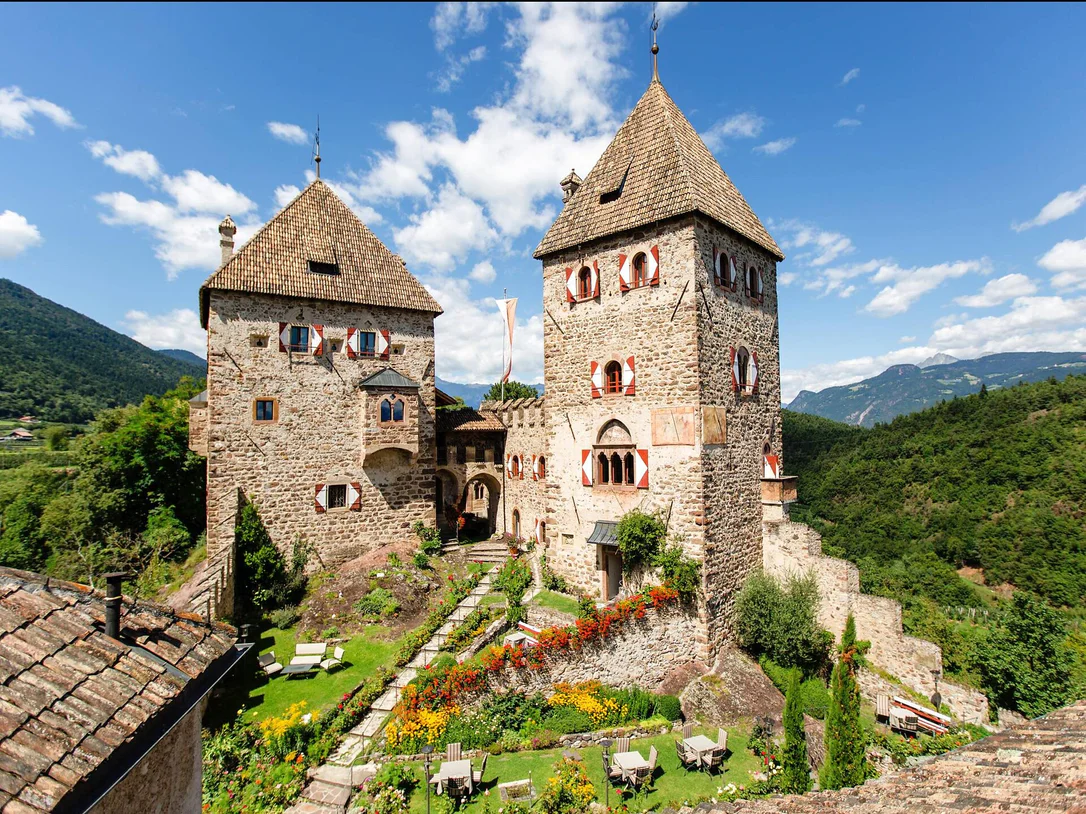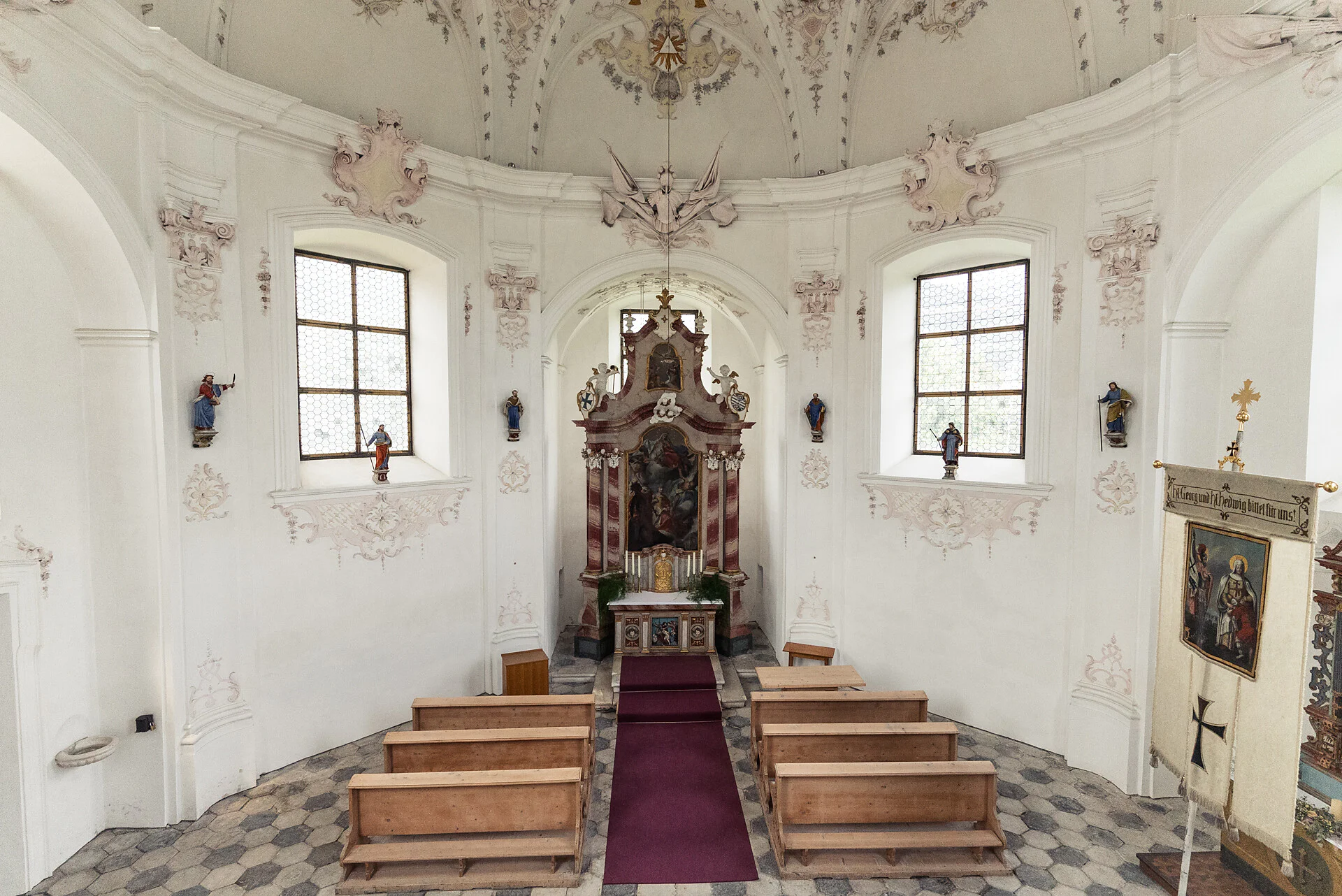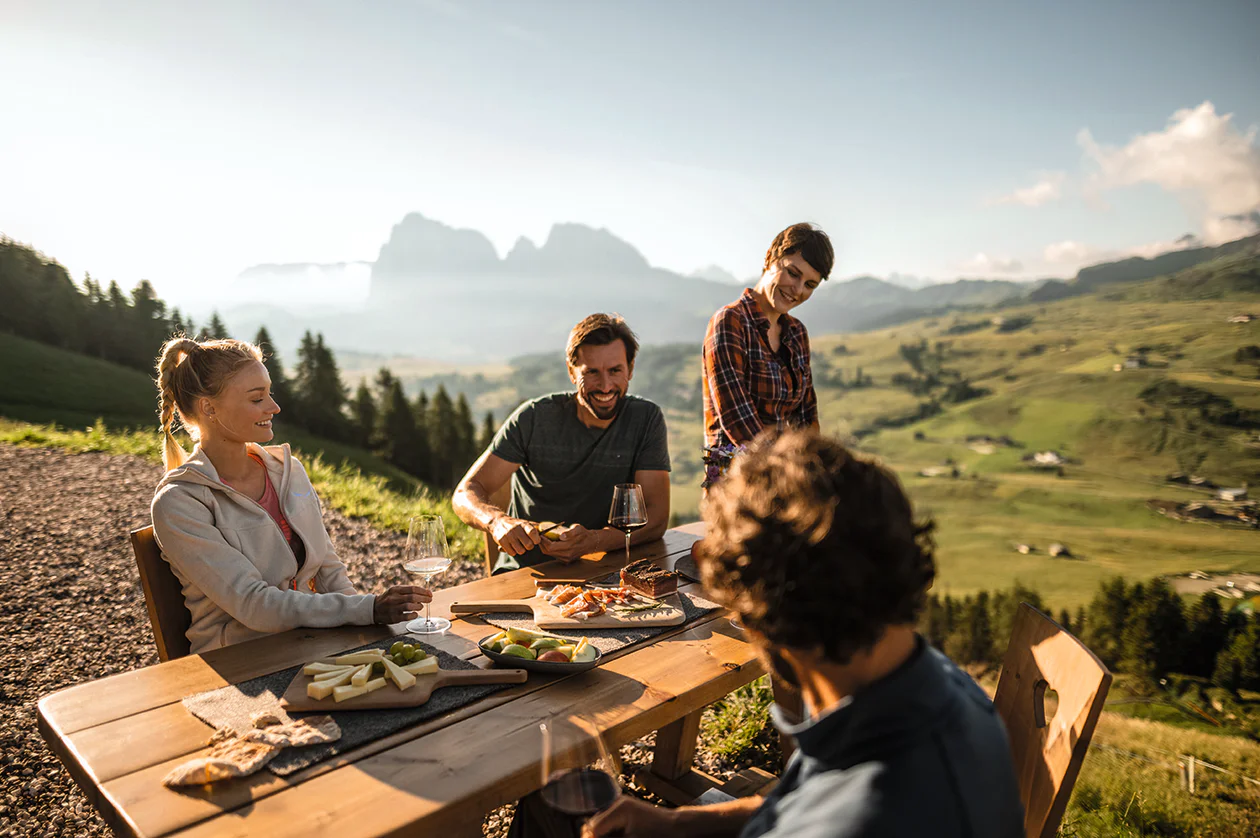The Parish Church of Saints Peter and Paul – A Testament to History and Faith
The Parish Church of Saints Peter and Paul, formerly known as the Church of Saint Nicholas, is a significant cultural and religious landmark deeply rooted in the history of Parcines. Its first documented mention dates back to 1264, though its origins are even older. Around 1502, the church was renovated in late Gothic style, giving it the distinctive character it retains to this day.
The Origins of the Church of Saint Nicholas
The original church, built around the 10th century, was constructed on the foundations of a small early Christian chapel. This chapel was oriented east-west and built in Romanesque style with square marble blocks. It was dedicated to Saint Nicholas, venerated as the patron saint of sailors and merchants. The oldest parts of this structure now serve as a crypt and mortuary. The current sacristy, dating back to the 14th century, is another surviving element of the historical building.
Expansions and Transformations Over the Centuries
During the 16th and 17th centuries, the church underwent significant expansion to accommodate a growing community. In the 18th century, new monumental altars were added, forming the artistic and spiritual centerpiece of the church. The high altar is an impressive depiction of saints: Saint Nicholas is shown at the top, with Peter and Paul below him. On the sides, statues of Saint Valentine and Saint Vigilius complete the ensemble.
The side altars are dedicated to the Sacred Heart of Jesus and the Sorrowful Mother, reflecting the community's deep Marian devotion. The majestic pulpit, a relatively recent addition, was installed only about 110 years ago and blends harmoniously with the church's historical setting.
The Chapel of Our Lady and Its Artistic Treasures
Particularly noteworthy is the side chapel dedicated to Our Lady, known as "Our Blessed Lady," built around 1350. Inside, it houses the magnificent Marian altar, symbolizing the beauty and reverence of Marian devotion. Another treasure of the chapel is the angel from the plague altar, a symbol of hope and healing in times of hardship.
An extraordinary masterpiece is the sculpture group of the Death of the Virgin by Jörg Lederer († 1550) of Kaufbeuren. This valuable artwork, preserved in the presbytery, is the only surviving element of the original late Gothic high altar. The meticulous attention to detail and emotional expression of the figures make it an outstanding example of late Gothic art.



















































































